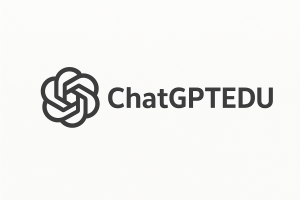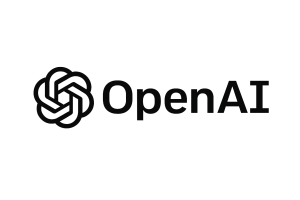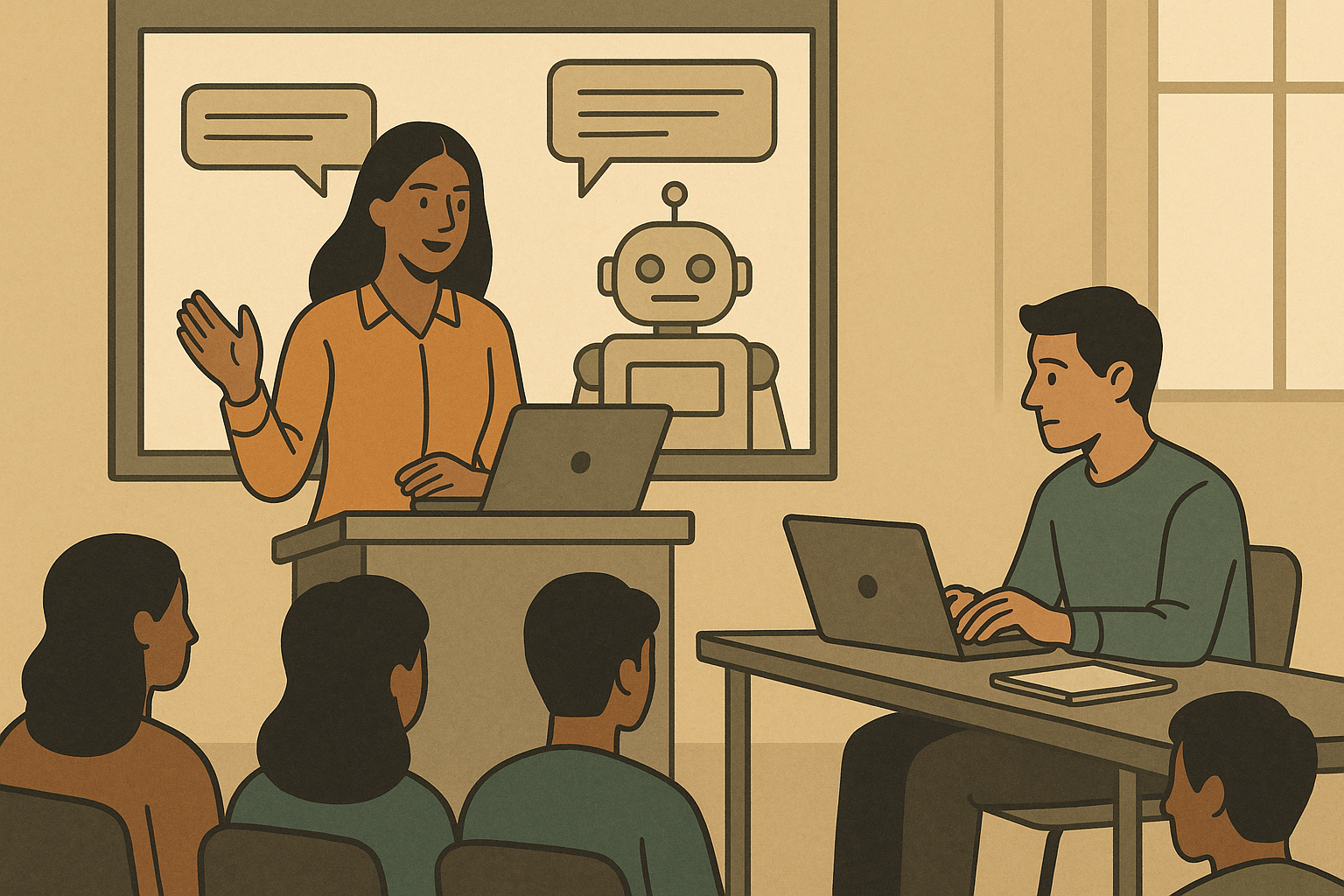Bangladesh’s struggling higher education system may soon face a technological turning point. With overpopulated classrooms, faculty shortages, and urban-rural disparities, universities across the country are being presented with an unexpected opportunity: OpenAI, the global leader in artificial intelligence, is offering a radical new model for education– one where every student has access to a personalised AI tutor, every course has an intelligent assistant, and the entire academic infrastructure is supported by AI-driven tools.
This initiative, dubbed “AI-native universities,” is part of OpenAI’s global push to reshape how higher education works. From grading papers and summarising research to simulating job interviews and translating lectures in local languages, the AI systems promise to offer scalable, consistent, and multilingual academic support. For countries like Bangladesh, where universities face severe resource constraints, the technology offers both hope and disruption.
OpenAI has launched ChatGPT Edu, a version of its flagship product optimised for academic environments, and introduced the $50 million NextGenAI Consortium to partner with institutions in developing responsible, cutting-edge AI tools for education, research, and student support.

“Our vision is that, over time, AI would become part of the core infrastructure of higher education… every student who comes to campus would have access to their personalised AI account,” said Leah Belsky, OpenAI’s Vice President of Education.
For Bangladeshi institutions, the potential benefits are clear. A university with limited faculty could deploy AI tutors trained in Bangla and tailored to national curriculum standards. Remote students could access 24/7 homework help. AI could automate burdensome administrative tasks and allow teachers to focus on mentoring and creative engagement.
Yet the promise comes with warnings. Academics globally are raising concerns about academic integrity, overreliance on machine-generated content, and the erosion of traditional pedagogy. Dan Sarofian-Butin, an educator who joined OpenAI’s faculty roundtable, voiced skepticism: “I left the event feeling really depressed… lacking big-picture vision—as if all we had to do was better integrate some whiz-bang gadget.”

Similar anxieties are growing in the United States, where OpenAI’s partnership with the California State University system has been met with resistance over transparency, equity, and student data privacy. Analysts warn that without clear ethical frameworks, the same issues could be imported into countries with weaker regulatory environments.
Still, for a country like Bangladesh, where quality education remains inaccessible for millions, the upside may outweigh the risks, if managed with care. With local adaptation, language support, and proper training for both students and faculty, AI-native universities could provide a long-awaited upgrade to an overburdened system.
Brad Lightcap, OpenAI’s COO, underscored the stakes: The field of AI wouldn’t be where it is today without decades of work in the academic community. Continued collaboration is essential to build AI that benefits everyone.
Whether this benefit will truly reach Bangladesh’s classrooms depends on the vision and vigilance of its education leaders. As AI redefines the classroom globally, the question for countries like Bangladesh is not whether to adopt it, but how to ensure it works for all.


